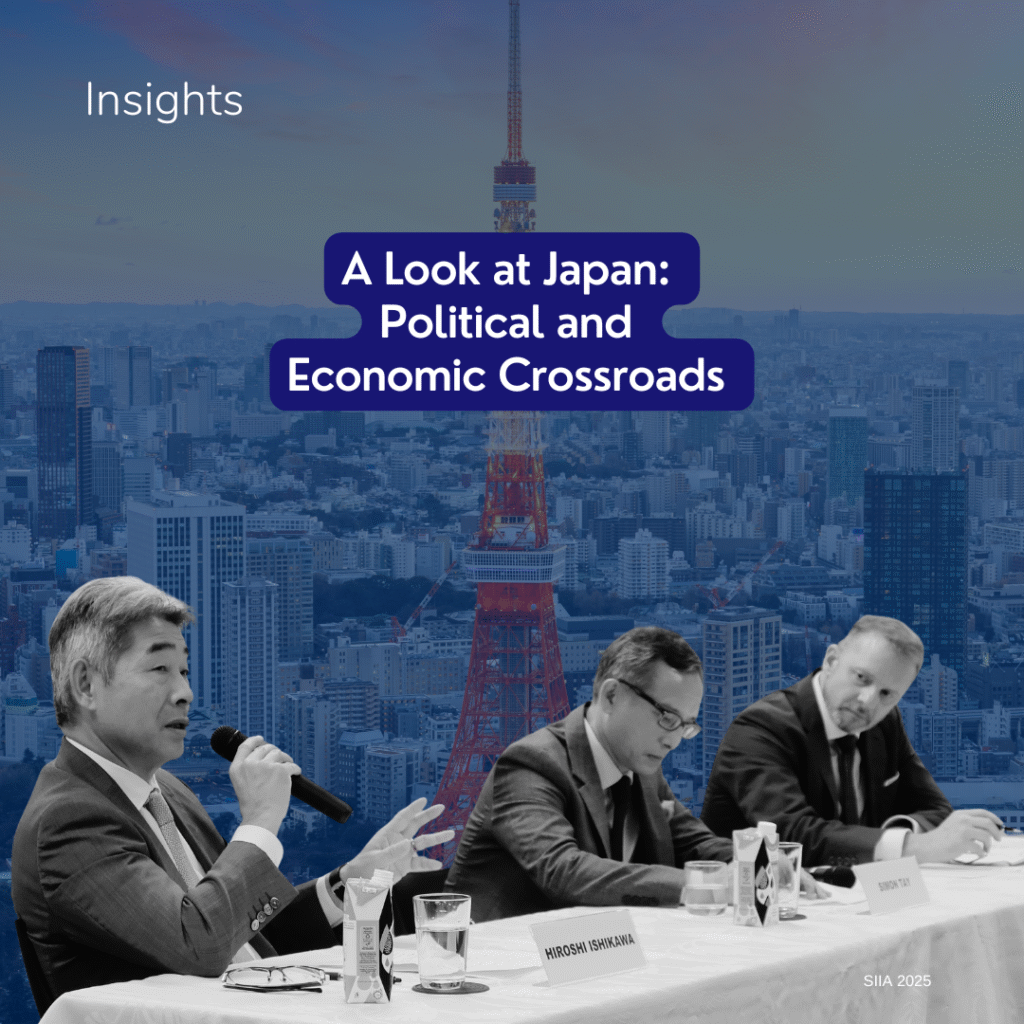Myanmar, as ASEAN Chair, has done well to ensure that achieving the AEC 2015 goal has remained a top priority on the region’s agenda. At the 18th ASEAN Finance Ministers’ Meeting in Nay Pyi Taw on Saturday, Ministers reaffirmed their commitment to realising the goals of the ASEAN Economic Community (AEC). They also pledged to maintain the stability of the region’s financial markets.
With the AEC deadline looming, Myanmar is throwing all its efforts into modernising its economy. The results have been positive. For the previous 2013/14 financial year, Myanmar’s economy attracted US$3.5 billion (S$4.4 billion) in foreign direct investment, and a GDP growth rate of an estimated 7.5 per cent. The country expects to receive US$4 billion in FDI in the 2014/15 financial year, and for its GDP to hit 7.75 per cent.
Overhaul of Myanmar’s economy
The Myanmar government has embarked on a roadmap of speedy economic reforms, starting with the adoption of a new floating Myanmar Kyat/US Dollar exchange rate in April 2012.
Plans to liberalise and modernise the country’s banking sector have also sped up. The Central Bank of Myanmar announced at the end of last year that it will permit between five and 10 banks to enter the market as wholly foreign-owned entities. This latest decision leapfrogs over its original “tiered plan” that required foreign banks to enter into a joint venture with local banks in 2014.
Efforts have also been made to supervise and stabilise the country’s financial sector. The Central Bank of Myanmar is now an independent body. This allows Myanmar to isolate monetary policy from political interference and electoral pressure to deliver short-term economic results at the expense of the economy.
On the legal front, Myanmar’s foreign investment, financial institution and company administration laws have been dragged out of antiquity into modernity.
Fast but steady growth
But in reality, the country is experiencing fundamental economic challenges that could hamper long-term positive growth. Structurally, Myanmar’s economy is still inadequate to support Myanmar’s growth ideals. Aware of the limitations of their country, many government officials have expressed a desire to avoid giving Myanmar’s economy “shock therapy”, adopting instead, a framework of reforms supporting “fast but steady growth”.
A measured opening will thus, give Myanmar time to develop sectors that have lagged behind the country’s fast pace of liberalisation. This means getting the country’s basic infrastructure up to speed, putting in place proper regulation measures, and providing training and capacity building programmes to develop a skilled pool of human resources to support Myanmar’s financial sector.
A Singapore Institute of International Affairs (SIIA) research team was in Yangon and Nay Pyi Taw in January and March to conduct research interviews on Myanmar’s political opening, economic development and financial sector reforms.
Source:
Foreign Direct Investment in Myanmar set to grow [Channel NewsAsia, 3 Mar 2014]




